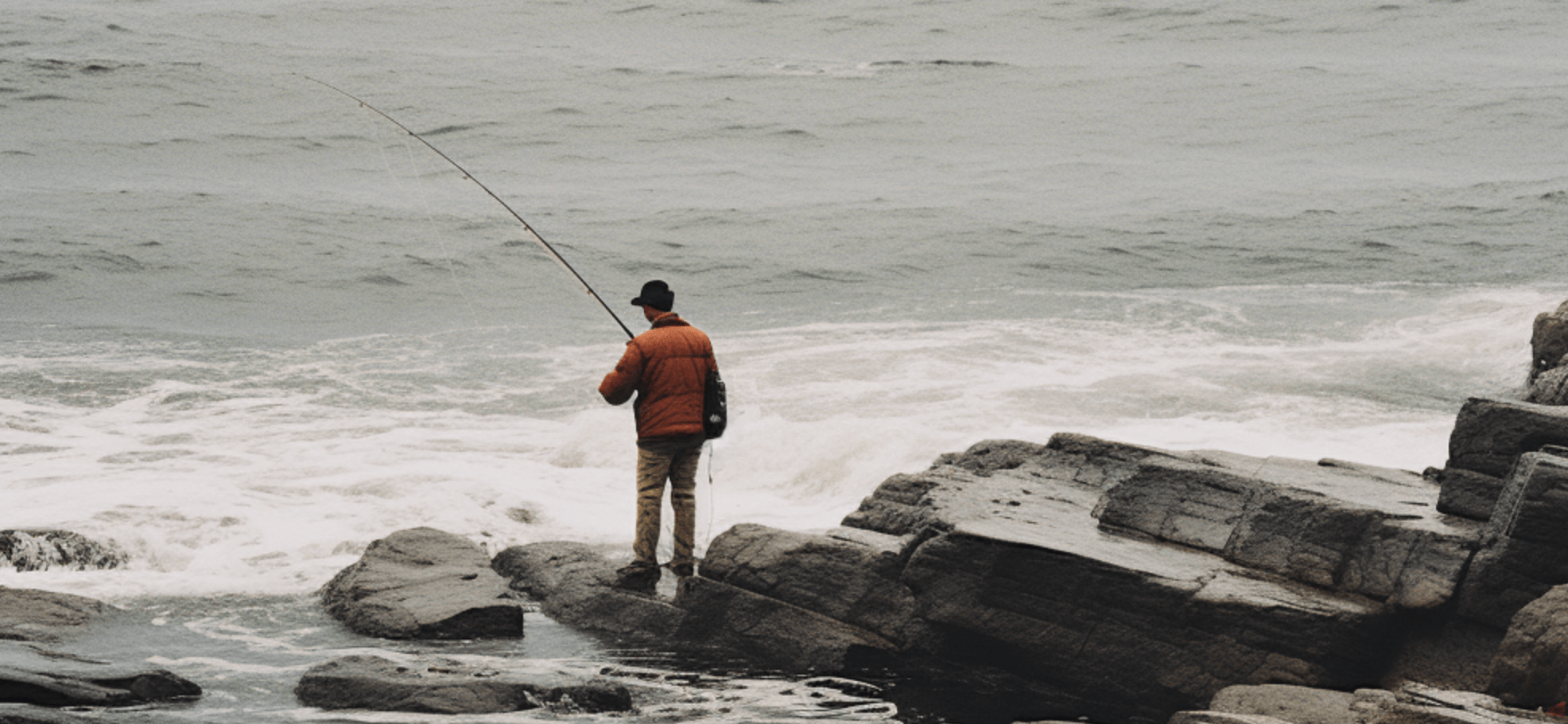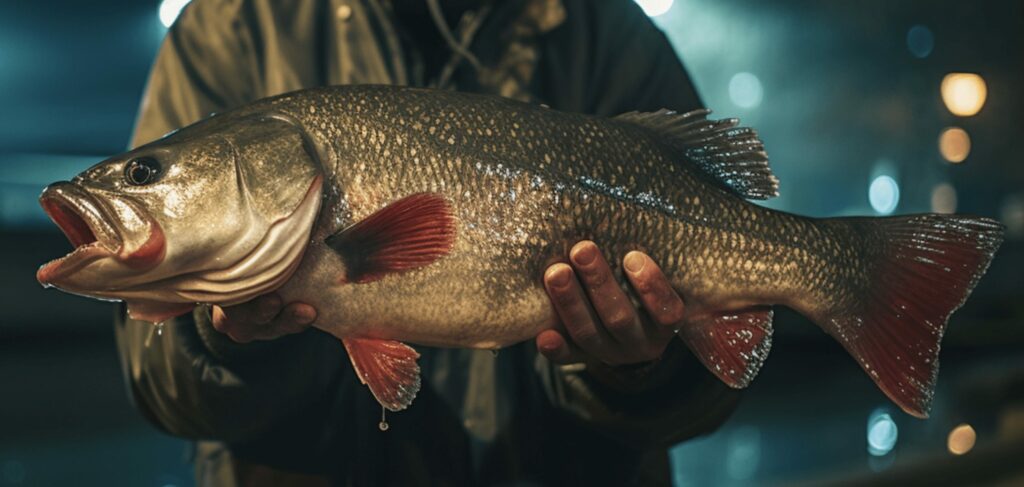You’ve got a burning desire to hook some speckled trout, and not just anywhere—you want to do it from the shore.
Now, I’ve been in this game long enough to know that catching these beauties is both an art and a science which is why I decided to help.
In this comprehensive guide, I’m not just skimming the surface, I’m talking about dissecting speckled trout behavior, decoding the influence of seasons, and revealing bait and tackle secrets that most articles won’t touch.
Let’s get it going.
Understanding Speckled Trout Behavior Near the Shore

I’ve spent countless hours observing and fishing for speckled trout, and I can tell you, they’re a fascinating species with behaviors that can make or break your fishing trip:
Feeding Habits and Timing
Speckled trout are opportunistic feeders. They’ll eat almost anything that fits in their mouth, but they do have preferences.
In terms of what they like I can tell you that they love shrimp and small fish like mullet and pinfish which is key as it can help you choose the right bait.
But it’s not just about what they eat; it’s also about when they eat.
Speckled trout are most active during low light conditions, so early morning or late afternoon are your best bets for a productive fishing session.
Also, unlike other fish that roam in schools, larger speckled trout prefer to go solo. This is crucial as it means you should focus on areas where a solitary fish might lurk.
That’s why I’d tell you to look for isolated structures near the shore, like a lone rock or a small patch of seagrass as these are the places where a big, solitary speckled trout might hang out.
Shallow-Water Predators
Now, let’s talk depth.
Speckled trout love shallow waters, sometimes as shallow as a foot deep.
Why?
Well, because that’s where their food is: Shrimp, small fish, and other crustaceans often hang out in the shallows, making it a prime hunting ground for speckled trout.
So, if you’re fishing from the shore, you’re already in a prime location as you don’t need a boat to get to deep waters; the big ones are closer than you think.
Sensory Perception
I don’t know if you know, but speckled trout have an acute sense of smell and vision. They rely on these senses to find and catch their prey.
This is why using scented baits can give you an edge. It’s also why you should pay attention to water clarity:
- In murky waters, a speckled trout’s vision is compromised, making them rely more on their sense of smell.
- In clear waters, they can see better and are more likely to be lured by visually appealing baits.
Seasonal Patterns and How They Affect Shore Fishing for Speckled Trout
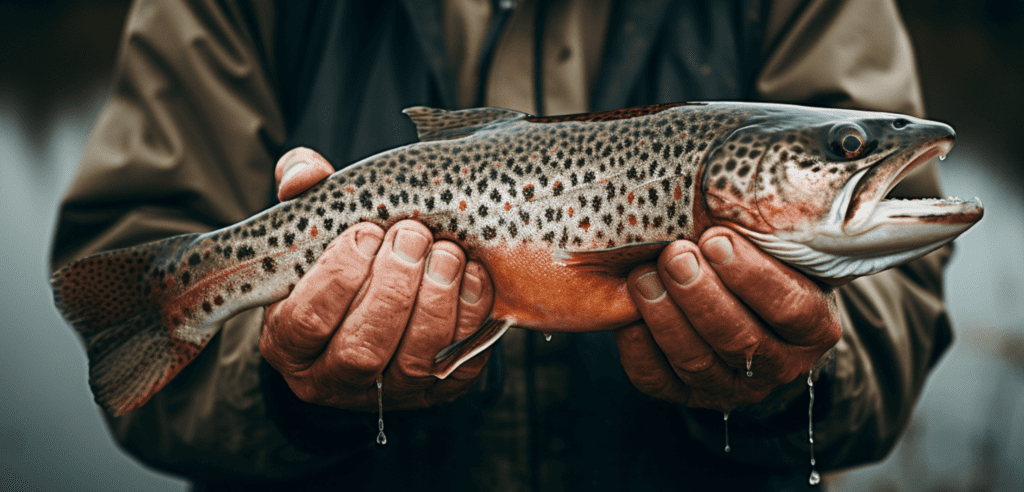
You see, these fish are like clockwork; they have their own seasonal routines and understanding these patterns is like having the cheat codes to a video game.
So, let’s dive in:
- Spring: Spring is when speckled trout shake off their winter sluggishness. They’re hungry and ready to feed, making it a prime time for shore fishing. The water near the shore starts warming up, and the trout move in closer to feast on the baitfish and crustaceans that inhabit the shallows. Pro tip: Use lighter lures and focus on areas with submerged vegetation.
- Summer: Summer is the high-octane season. The trout are active, and the shorelines are teeming with life. This is the time to go for topwater lures. Why? Because speckled trout are more aggressive and are often found chasing baitfish near the surface. But remember, early morning or late afternoon is your best bet to avoid the heat and the boat traffic.
- Fall: Come fall, and you’ll notice a shift. The trout start moving to slightly deeper waters, but they’re still within casting distance from the shore. This is when you want to switch to soft plastics or live baits like shrimp and mullet. The fish are fattening up for winter, and they’re less picky, making it easier for you to score.
- Winter: Winter is tricky but not impossible. The fish move to deeper holes and channels, but here’s the kicker: they’re still near the shorelines. You just have to know where to look. Slow down your retrieve and opt for live baits. The fish are less active but still need to eat.
Bait: What Really Works and Why
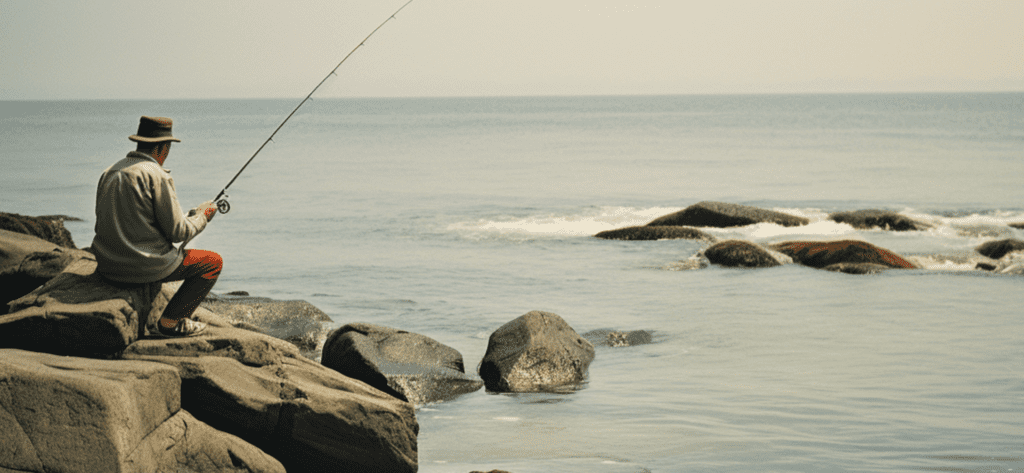
Live Baits
When it comes to bait, nothing beats the real thing. I’ve been fishing for speckled trout for years, and live baits like shrimp, mullet, and pinfish are like candy to them.
Why? Well, that would be because it’s what they naturally eat.
And here’s a tip: pay attention to the size of your live bait.
Too large, and you might scare off the smaller trout; too small, and the big ones won’t bother.
I usually go for shrimp that are about 3 to 4 inches and mullet or pinfish that are around the same size. This seems to be the sweet spot for attracting speckled trout of all sizes when fishing from the shore.
Now, if you can’t get your hands on live bait, don’t sweat it.
Artificial lures can be just as effective if you know how to use them. Soft plastics mimicking shrimp or small fish are my go-to. The key here is the action and the scent.
Scented Baits
Speckled trout have a keen sense of smell.
Adding that extra layer of scent can turn a curious fish into a committed striker.
In fact, I’ve had days where the scent made all the difference, turning a slow day into a trout bonanza right off the shore.
Color Matters
When it comes to lures, color can be a game-changer, and I’ve got the years of trial and error to prove it.
In clear water conditions near the shore, I’ve found that natural colors like green and brown work best. It’s all about mimicking the natural environment. You want your lure to look like the real deal, like something a speckled trout would naturally feast on.
But let’s say you’re dealing with murkier waters, which can often be the case near the shore due to sediment and runoff. In these conditions, you might want to switch to something more vibrant.
I’m talking about colors like bright orange, neon yellow, or even hot pink. It might sound counterintuitive, but these colors create a stark contrast in cloudy waters, making it easier for the trout to spot your bait.
And here’s a pro tip: don’t be afraid to experiment. I’ve had days where, for some reason, the trout were just attracted to a specific color. Maybe it was the light conditions, or perhaps they were just in a particular mood. Either way, having a variety of colors in your tackle box gives you the flexibility to adapt, especially when you’re fishing from the shore where conditions can change quickly.
Techniques for Speckled Trout Shore Fishing
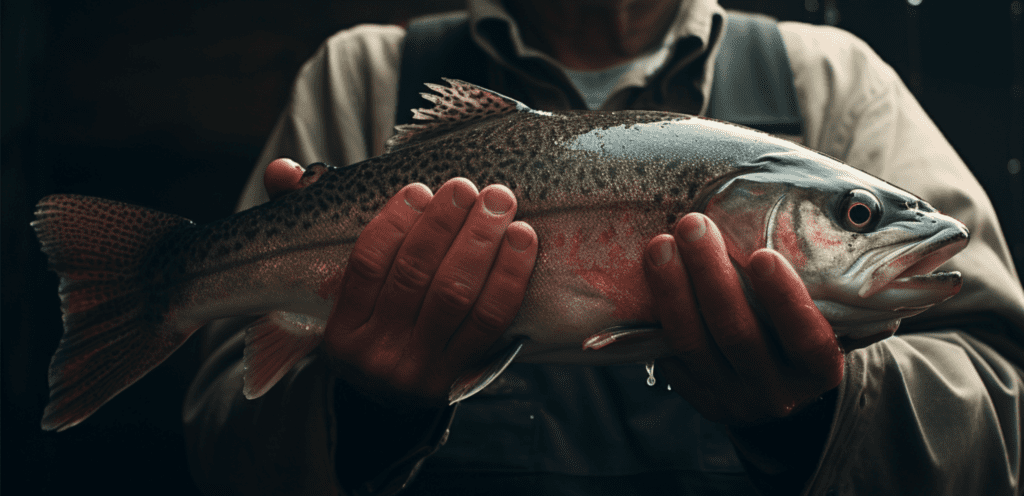
I’ve been doing this for years, and I’ve got some advanced techniques that are going to elevate your game.
The Art of “Walk-the-Dog” Casting
You’ve probably heard of “walk-the-dog” when it comes to topwater lures, but have you ever tried it from the shore?
This technique involves twitching your rod tip while reeling in slack, making the lure zigzag across the water.
It’s a killer method for attracting those wary speckled trout that have seen it all.
The Slip Bobber Rig
When you’re fishing from the shore, depth control is crucial. That’s where the slip bobber rig comes in.
Unlike traditional bobbers, a slip bobber slides freely along your line, allowing you to present your bait at the exact depth where trout are feeding. Pair this with a live shrimp or a soft plastic, and you’ve got yourself a deadly combo.
The Carolina Rig
The Carolina rig is often overlooked for shore fishing, but it’s a gem, especially when speckled trout are holding close to the bottom.
Use a 1/2-ounce egg sinker, a swivel, and about 18 inches of fluorocarbon leader. Attach a circle hook at the end and bait it with live pinfish or mullet.
Cast it out and let it sit; the trout can pick up the bait without feeling the weight, making them less suspicious.
The Double Jig Rig
Why settle for one lure when you can fish two? The double jig rig involves tying two jigs on a leader about 18 inches apart.
This mimics a small school of baitfish, which can be irresistible to speckled trout. Use lighter jigs like 1/8-ounce or 1/4-ounce and vary the colors for maximum effect.
The High-Low Rig
This is a two-hook setup where one hook is closer to the bottom and the other is suspended higher up. It’s perfect for those days when you’re not quite sure where the trout are holding.
Use a heavier bait on the bottom hook to keep the rig anchored and a lighter, more buoyant bait on the top hook.
Frequently Asked Questions
1) What is the best bait for speckled trout from the shore?
Look, if you want to catch speckled trout, you’ve got to think like one. And what do they love? Live bait. Shrimp, mullet, and pinfish are like the speckled trout’s version of a five-star meal. You can catch these baits in the shallows near the shore, making them easily accessible and highly effective.
2) What size hooks for speckled trout?
Size matters, especially when it comes to hooks. For speckled trout, I recommend using long-shank #10 hooks. They’re the perfect size for live baits like shrimp and mullet, and they’re easy to remove, which is crucial for catch and release. If you’re using artificial lures, a 1/0 or 2/0 hook size usually does the trick.
3) What colors attract speckled trout?
Color can be a game-changer, especially when you’re fishing near the shore where water clarity can vary. In clear waters, go for natural colors like green and brown. In murkier conditions, switch to something more vibrant like chartreuse or hot pink. The idea is to make it easy for the trout to spot your bait or lure.
4) How do I adapt my technique for different seasons?
Speckled trout behavior changes with the seasons, and your tactics should too. In spring, focus on lighter lures and areas with submerged vegetation. Summer calls for topwater action, while fall is the time for soft plastics and live baits. Winter? Slow down your retrieve and opt for live baits like shrimp or pinfish.
5) Can I catch speckled trout at night from the shore?
Absolutely, you can! Speckled trout are opportunistic feeders and will bite at night, especially during the warmer months. Use a lighted bobber or glow-in-the-dark lures to attract their attention. Just make sure you’re familiar with the area and always prioritize safety.


